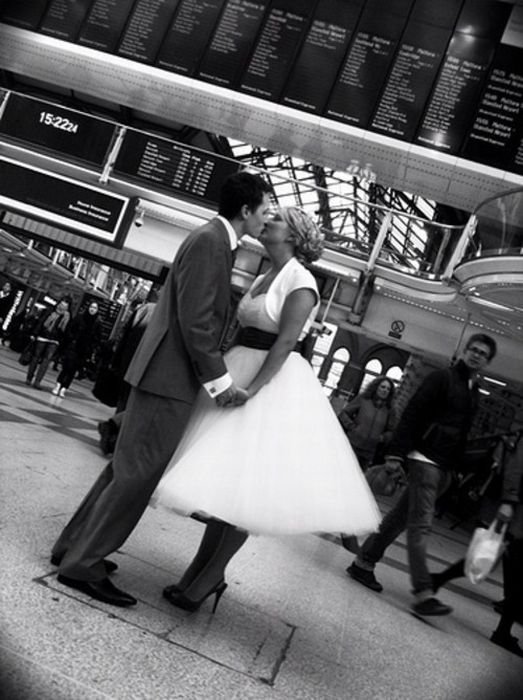|
|
Camera Phones Photography
|
Personal photography allows people to capture and construct personal and group memory, maintain social relationships as well as expressing their identity. The hundreds of millions of camera phones sold every year provide the same opportunities, yet these functions are altered and allow for a different user experience. As mobile phones are constantly carried, camera phones allow for capturing moments at any time. Mobile communication also allows for immediate transmission of content (for example via Multimedia Messaging Services), which cannot be reversed or regulated.
While phones have been found useful by tourists and for other common civilian purposes, as they are cheap, convenient, and portable; they have also posed controversy, as they enable secret photography. A user may pretend to be simply talking on the phone or browsing the internet, drawing no suspicion while photographing a person or place illegally or against that person's wishes.
As a network-connected device, megapixel camera phones are playing significant roles in crime prevention, journalism and business applications as well as individual uses. They can also be used for activities such as voyeurism, invasion of privacy, and copyright infringement. Because they can be used to share media almost immediately, they are a potent personal content creation tool. On January 17, 2007, New York City Mayor Michael Bloomberg announced a plan to encourage people to use their camera-phones to capture crimes happening in progress or dangerous situations and send them to emergency responders. Through the program, people will be able to send their images or video directly to 911.
Enforcing bans on camera phones has proven nearly impossible. They are small and numerous and their use is easy to hide or disguise, making it hard for law enforcement and security personnel to detect or stop use.
|
|









